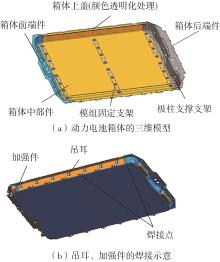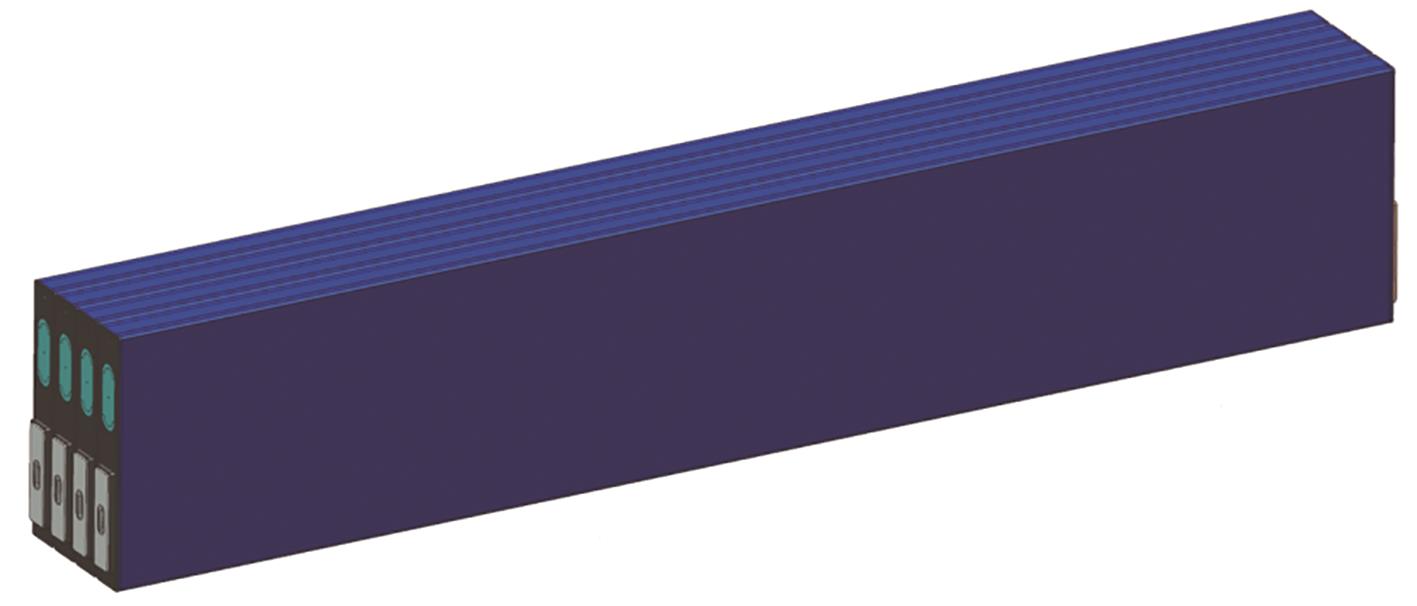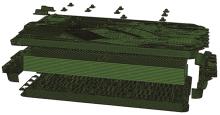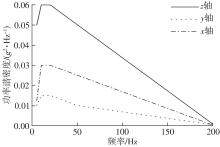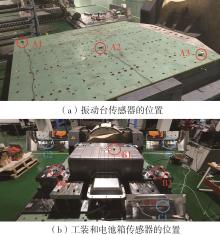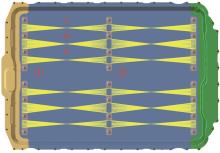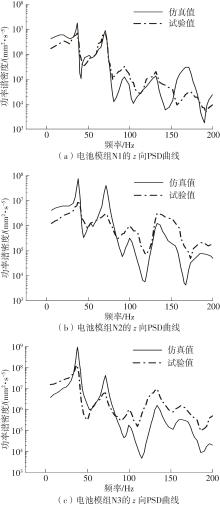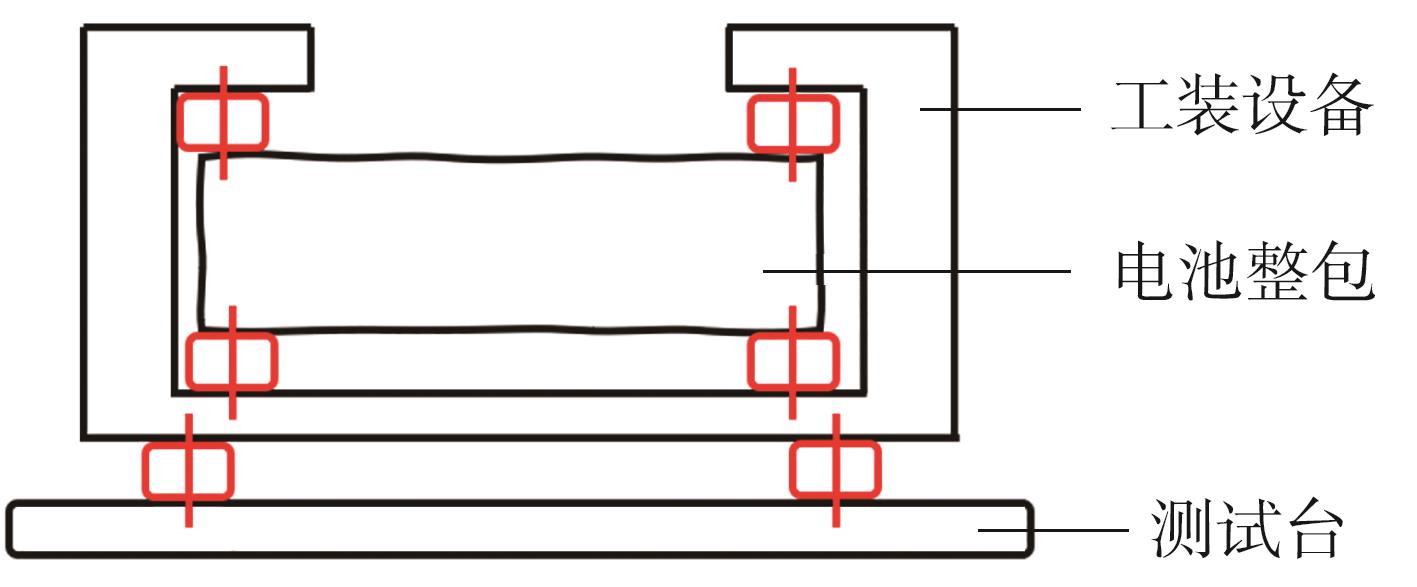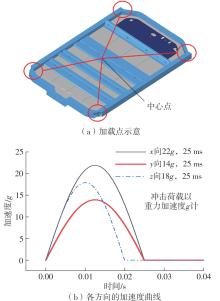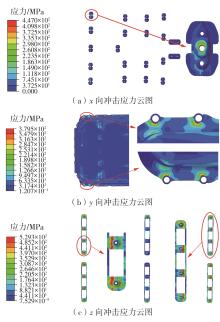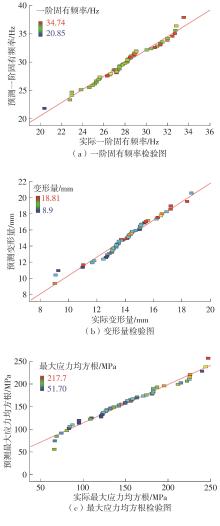| 1 |
HE B, WANG H, HE X .Vibration test methods and their experimental research on the performance of the lead-acid battery[J].Journal of Power Sources,2014,268:326-330.
|
| 2 |
GALOS J, KHATIBI A A, MOURITZ A P .Vibration and acoustic properties of composites with embedded lithium-ion polymer batteries[J].Composite Structures,2019,220:677-686.
|
| 3 |
HOOPER J M, MARCO J, CHOUCHELAMANE G H,et al .Multi-axis vibration durability testing of lithium ion 18650 NCA cylindrical cells[J].Journal of Energy Storage,2018,15:103-123.
|
| 4 |
刘顺 .纯电动车电池箱体随机振动条件下连接分析[D].南昌:南昌大学,2021.
|
| 5 |
李全,王俊升,王兵,等 .纯电动汽车电池包轻量化设计综述[J].汽车工程学报,2022,12(4):431-445.
|
|
LI Quan, WANG Junsheng, WANG Bing,et al .A review of lightweight design of battery packs for pure electric vehicles[J].Journal of Automotive Engineering,2022,12(4):431-445.
|
| 6 |
LI S, CHEN F, AKHIL G,et al .Design optimization of battery pack enclosure for electric vehicle[J].Structural and Multidisciplinary Optimization,2018,58(1):331-347.
|
| 7 |
BAO N, ZHAO R .Design optimization of battery holder for electric vehicle[C]∥Proceedings of 2018 6th International Conference on Mechanical,Automotive and Materials Engineering.[S. l.]:IEEE,2018.
|
| 8 |
XIONG Y, PAN Y, WU L,et al .Effective weight reduction and crash worthiness analysis of a vehicle’s battery-pack system via orthogonal experimental design and response surface methodology[J].Engineering Failure Analysis,2021,128:105635/1-20.
|
| 9 |
NIU X, GARG A, GOYAL A,et al .A coupled electrochemical-mechanical performance evaluation for safety design of lithium-ion batteries in electric vehicles: an integrated cell and system level approach[J].Journal of Cleaner Production,2019,222:633-645.
|
| 10 |
欧阳威,王丽娟,陈宗渝,等 .基于响应面法的动力电池包箱体轻量化优化设计[J].机械设计与制造,2021(2):246-251,256.
|
|
OUYANG Wei, WANG Lijuan, CHEN Zongyu,et al .Lightweight optimization design of power battery pack case based on response surface method[J].Mechanical Design and Manufacturing,2021(2):246-251,256.
|
| 11 |
DANZI F, SALGADO R M, OLIVEIRA J E,et al .Structural batteries: a review[J].Molecules,2021,26(8):2203/1-40.
|
| 12 |
YANG H .A review of structural batteries implementations and applications[C]∥Proceedings of 2020 IEEE Transportation Electrification Conference and Expo.[S. l.]:IEEE,2020.
|
| 13 |
电动汽车用锂离子动力蓄电池包和系统安全性与测试方法: [S].
|
| 14 |
HAIBA M, BARTON D C, BROOKS P C .Review of life assessment techniques applied to dynamically loaded automotive components[J].Computers & Structures,2002,80:481-494.
|
| 15 |
REN L, MA J, TONG Y,et al .A review of fatigue life prediction method for portal crane[M]∥IOP Conference Series: Earth and Environmental Science.[S.l.]:IOP Publishing,2021.
|
| 16 |
WANG S, LIU X, JIANG C,et al .Prediction and evaluation of fatigue life for mechanical components considering anelasticity-based load spectrum[J].Fatigue & Fracture of Engineering Materials & Structures,2021,44(1):129-140.
|
| 17 |
李志杰,陈吉清,兰凤崇,等 .机械外力下动力电池包的系统安全性分析与评价[J].机械工程学报,2019,55(12):137-148.
|
|
LI Zhijie, CHEN Jiqing, LAN Fengchong,et al .System safety analysis and evaluation of power battery packs under mechanical external force[J].Journal of Mechanical Engineering,2019,55(12):137-148.
|
| 18 |
叶子波,符兴锋,周斯加 .HEV后碰撞安全性仿真和试验研究[J].华南理工大学学报(自然科学版),2011,39(11):138-143.
|
|
YE Zi-bo, FU Xing-feng, ZHOU Si-jia .Simulation and experimental study on rear crash safety of HEV[J].Journal of South China University of Technology (Natural Science Edition),2011,39(11):138-143.
|
| 19 |
金燕,刘少军 .基于响应面法的热弹流润滑效应下滚动轴承疲劳可靠性分析[J].华南理工大学学报(自然科学版),2017,45(2):84-90.
|
|
JIN Yan, LIU Shaojun .Fatigue reliability analysis of rolling bearings under thermoelastic flow lubrication effect based on response surface method[J].Journal of South China University of Technology (Natural Science Edition),2017,45(2):84-90.
|
| 20 |
RUHATIYA C, BAO P N G, QUAN T L,et al .A hybrid multi-output-predictive modelling based NSGA Ⅱ approach for dimensions design optimization of battery pack module for electric vehicles[J].Energy Storage,2020,2(2):e130/1-12.
|
 ), QIN Kangjie1, TANG Liang1(
), QIN Kangjie1, TANG Liang1( ), SHANGGUAN Lijian2, ZHOU Fupeng3, SHANGGUAN Wenbin4
), SHANGGUAN Lijian2, ZHOU Fupeng3, SHANGGUAN Wenbin4
